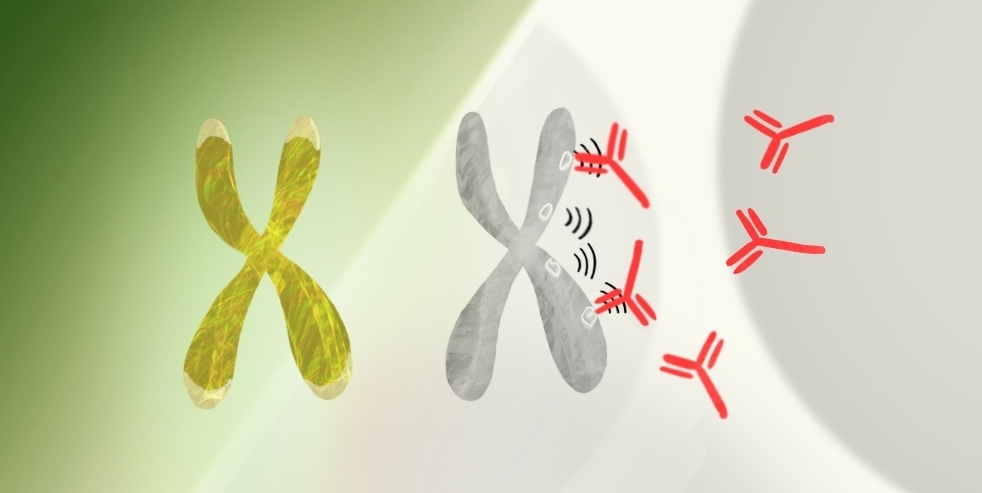
Beyond mice, researchers also examined blood samples from 100 patients — and uncovered autoantibodies targeting Xist-associated proteins that scientists hadn’t previously linked to autoimmune disorders. A potential reason, Chang suggests: standard tests for autoimmunity were made using male cells.
I’m am glad they decided to look at other samples. As a woman I find it extremely frustrating that science is still using male cells, testing standards, etc to diagnose and treat women.

If it helps, the HeLa cell line, very popular in scientific research, comes from an African American woman: https://en.m.wikipedia.org/wiki/HeLa
I guess the reason for using only male cells in this case, might’ve been that if they’re running the test either on a self-replicating cell line, or on a heavily inbred strain of lab mice, where both X chromosomes are supposed to be “practically identical” due to the inbreeding, while one of them gets inactivated in females, then running a test on cells with both X and Y chromosomes, would already include “all there was to see”, with only half the work.
It’s interesting to see some advances in the understanding of the interaction of two X chromosomes, and how the result is not exactly the same as a single X.

The HeLa line had its own male-dominated issues, ie: denying her family a right to any money from the use of her genetics … which, once rectified, led to a signing away of any rights for people who have an interest in helping advance scientific and medical knowledge and/or treatments.
I know this because I was asked to become part of a study, but after reading the contract that clearly stated I (and my family/descendants) would be shut out of any and all financial compensation, I declined.
While I agree with this if/when a government agency or university developes treatments or cures, I do not agree with it when the info is given freely to for-profit big pharma for them to make trillions from.

her genetics
Honestly, I don’t see how any person is entitled to the ownership of info that’s shared with 99.9% of humanity, and which neither them nor any of their ancestors had any hand in creating.
It’s not like anyone has any custom handcrafted genes (yet). Other than a handful new mutations, even a possible copyright of “until death + 75 years” would have expired a long time ago.
Big pharma copyrighting and patenting the results of their investigations, makes more sense in this case; they’ve at least done something.
I was asked to become part of a study
You should have the right to get compensated for participating in a study, or for allowing them to associate the info with your name. I just think the info itself is part of the public domain.
Like, if you freely leave a fingerprint somewhere public, and someone decides to extract the DNA from that, then proceeds to use it to develop a treatment, cure, bioweapon, clone you, or test the safety of some extra wings genetic augmentation… then good for them.

Male mouse cells no less. Of all the things we have to worry about, we gonna throw mouse sexism on the pile?

Damned male mice and their cheese privilege

@Gaywallet This particular link wasn’t opening for me. But what I have heard elsewhere is that there are indeed known to be a number of parts of the X chromosome which affect the immune system, in ways we are still in the process of figuring out.

It’s an interesting article, and well exposed.
It basically goes to say that the inactivation mechanism (Xist noncoding RNA strand) which gets triggered when there are two X chromosomes present in a cell, almost completely coats one of the X chromosomes, disabling it… but the result is not completely inert, still allowing the attachment of other partial strands, in weird combinations that can lead to an (auto)immune response.


